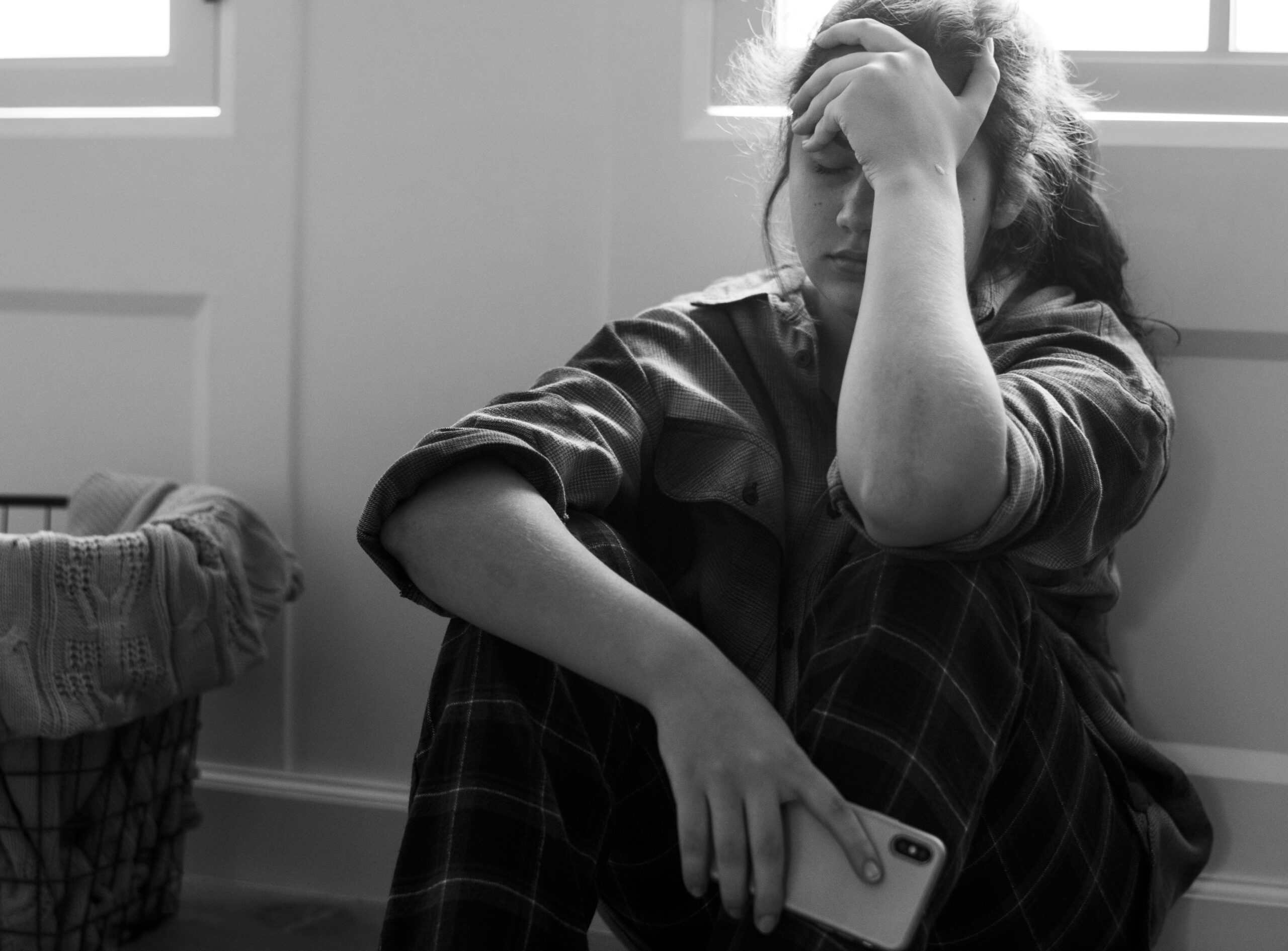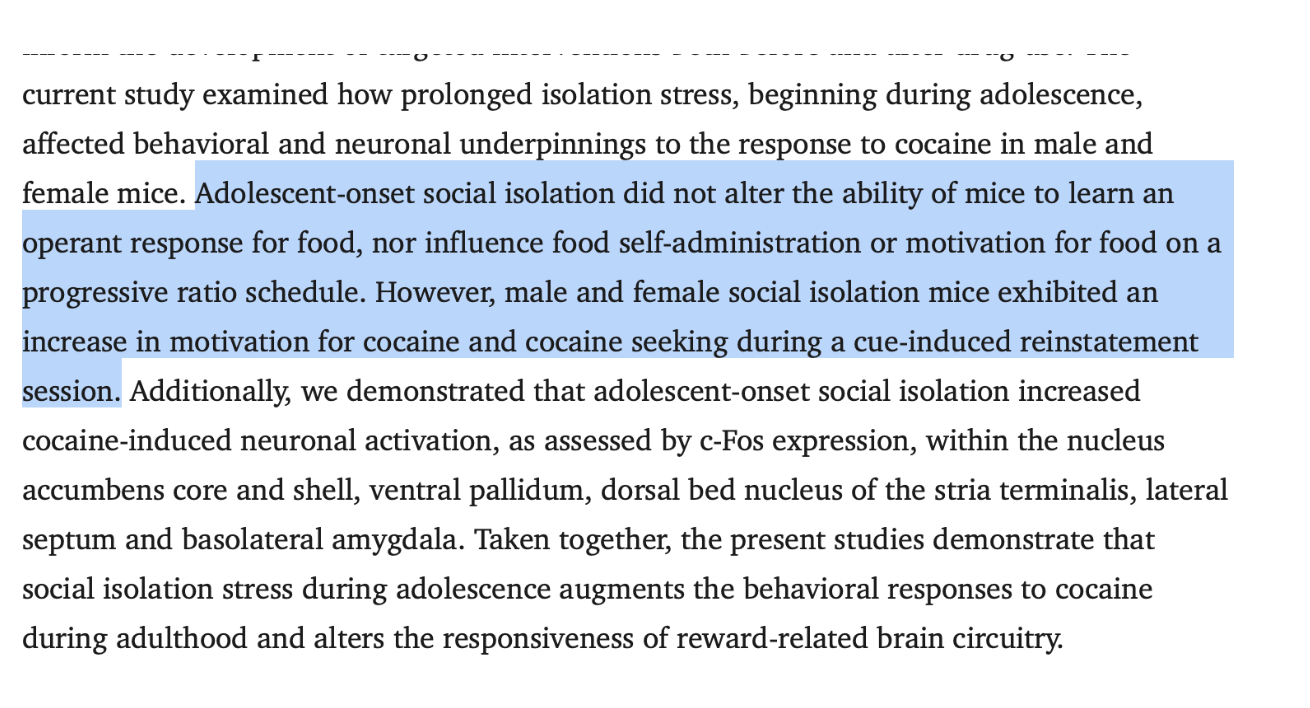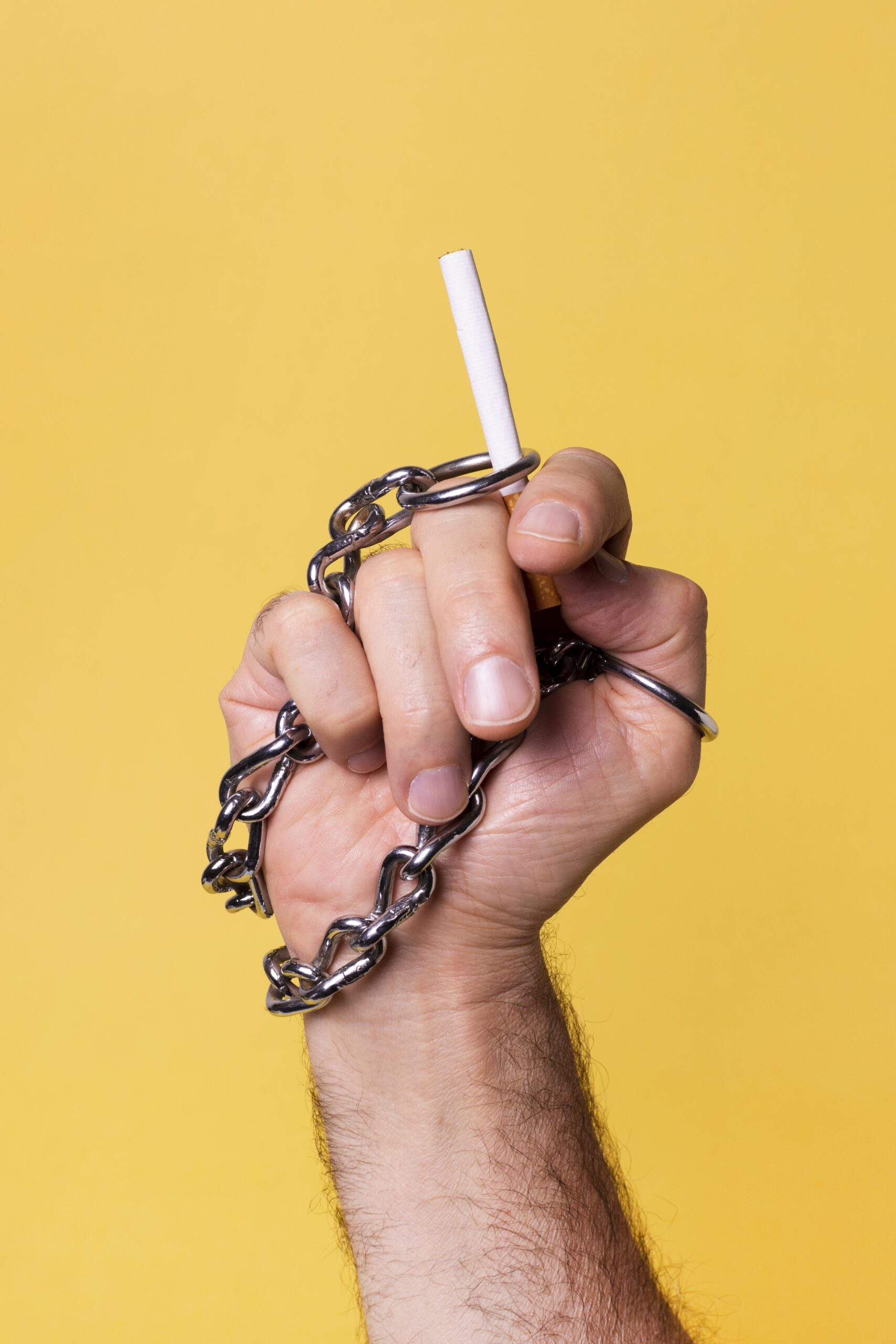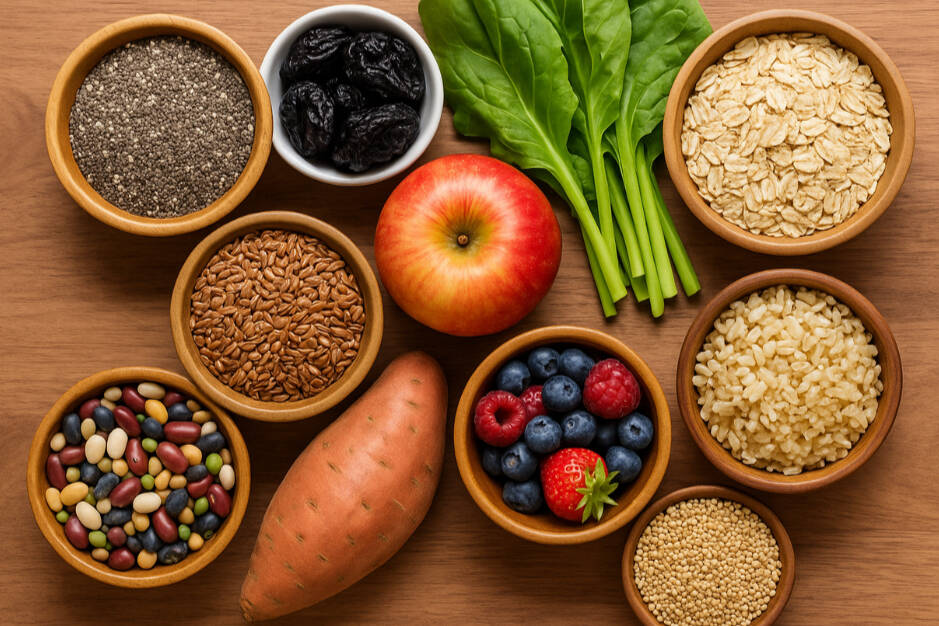“If I know this habit is harming me…why do I still keep doing it?”
That’s a question I’ve heard across thousands of consultations and conversations. And maybe it’s one you’ve asked yourself, too.
And the answer?
It rarely lies in willpower. It lies in pain. In coping. In unmet emotional needs.
You may ask, “But Luke, I just don’t have the willpower to stop.”
Then, maybe you don’t need more willpower.
Maybe you need more understanding.
Because addiction to alcohol, sugar, social media, shopping, or even a pattern of thinking, isn’t a flaw.
It’s a signal.
A whisper from the body and mind asking for attention, not punishment.
True recovery from addiction isn’t about being ‘strong enough’ to quit.
It’s about getting curious enough to pause and ask: What am I really needing right now?
Addiction isn’t just about substances or labels.
Behind every addiction is pain. A void. A coping mechanism.
And until we begin addressing the root, the trauma, the disconnection, the unmet emotional need, we’re only scratching the surface. So if you’re wondering how to quit an addiction, maybe the first step is to stop blaming yourself and start listening to yourself.
I had the privilege of engaging in a powerful conversation with following three incredible minds:
- Dr. Gabor Maté, physician and renowned addiction expert,
- Brittany Hunt, Head of Quality, Innovation, and Research
- Dr. Stephen Willis, leading Psychiatrist – Psychotherapist FMH Medical Director
And as we explored the layered subject of addiction, the one truth that echoed across all our perspectives: Addiction is not the problem — it’s a response to one.
Now, if we want to know how to quit an addiction, we must first understand why it started.
But first, let’s know what addiction is.
Addiction Is Not a Disease, But a Way of Coping with Pain
From a scientific standpoint, addiction is not just a psychological pattern; it’s a biological adaptation. Repeated behaviors that bring temporary relief, whether it’s from alcohol, nicotine, gambling, or even scrolling, are associated with surges in dopamine, our brain’s reward neurotransmitter.
Over time, the brain begins to anticipate the reward even before the substance or behavior is engaged, creating a loop of craving, pursuit, and relief. But what’s often overlooked is that this loop begins not because someone wants pleasure but because they’re trying to escape pain.
Dr. Maté’s work, supported by decades of neurobiological research, shows that early-life stress, trauma, or emotional neglect can significantly reshape brain circuits related to impulse control, attachment, and emotional regulation.

That means addiction isn’t chosen, it’s learned. Not out of desire, but as an adaptation for survival.
So if you’re someone who’s struggling or you love someone who is, please remember this: Addiction isn’t about the alcohol, the cigarette, the sugar, or the scrolling. It’s about what those things do for you.
Is it helping you escape anxiety? Numb loneliness? Feel confident in social settings?
It’s a coping mechanism. A survival response.

Even in a rat experiment published in Behavioural Brain Research, addiction didn’t occur when the environment was stimulating, playful, and connected. It only arose when rats were isolated. Humans aren’t that different.

Maybe they help you feel less alone. Maybe they give you a moment of control in an otherwise chaotic day. Maybe they’re the pause button in a life that feels like it’s moving too fast. And that’s okay to acknowledge. Because when we begin to understand this with compassion, the path forward becomes less about fighting the addiction and more about caring for the part of you that needed it in the first place.
So if you’ve been searching for an addiction recovery guide that doesn’t shame you into change, but supports you into awareness, know this: You are not broken. And you don’t have to walk this alone.
How Social Anxiety Fuels Addiction
The sharp rise in social anxiety has become one of the biggest emotional triggers we see, especially among teenagers and young adults after the pandemic.
Many people now rely on substances like alcohol or nicotine just to be social. Not to party but to feel normal. To calm the inner shakiness. To avoid that awkward silence. Or to feel ‘enough’ in a group.

Why is this happening?
A few realities we see today:
- We’ve spent years living in digital bubbles where we control what we post, see, or say. Real life doesn’t work that way.
- We’ve lost touch with spontaneous, awkward, human interactions. We crave perfection, and real life is beautifully imperfect.
- Our nervous systems have become hypersensitive to unpredictability; social gatherings, eye contact, silence, or small talk now feel threatening.
And what has it cost?
Quick comforts.
The Hidden Cost of Quick Comfort
We’re living in a world of fast everything. Fast food. Fast emotions. Fast likes. Fast solutions.
But here’s the quiet truth that often gets overlooked—healing doesn’t happen fast.
In my conversation with Dr. Stephen Willis, he referred to this as low frustration tolerance, a trait that’s becoming more common in today’s culture. We’ve lost the ability to sit with discomfort. And when we can’t sit with it, we escape it.
So we scroll. Snack. Drink. Shop. Binge. Work endlessly. Or distract ourselves into exhaustion.
But here’s the thing: What we don’t process gets stored and what’s stored always finds a way to surface.
After all, the body keeps the score.
It might show up as anxiety, sleepless nights, burnout, gut issues, or even chronic illness.
It’s not a weakness. It’s not a character flaw. It’s biology. It’s survival mode. It’s your nervous system crying for regulation.
And when we begin to see it this way with empathy instead of judgment, the entire conversation around recovery from addiction changes.
The Many Faces of Addiction: Not Everyone Looks Like They’re Struggling
Addiction doesn’t always look like what you think it does. It rarely looks like a character in a movie. More often, it looks like your colleague. Your friend. The person in the mirror.
Some addictions wear makeup and a confident smile. Some wear business suits and titles. Some look like ‘high performers’—always busy, always achieving. But underneath? It’s the same silent disconnection.
Sure, it could be alcohol or weed. But addiction wears many disguises, like:
- Overworking
- Doomscrolling
- Emotional eating
- Porn
- Compulsive shopping
- Constantly needing validation
- Or simply feeling unsafe in stillness
And more…
If you think you are one of them, then pause and start asking this question to yourself
“Do I have a problem?”
I’ve seen this in countless consults. Often, the journey toward managing an addiction doesn’t start with a rehab program or a diagnosis. It starts with a single moment of honesty. Sometimes soft. Sometimes scary. But always honest.
As Brittany Hunt shared in our conversation, one of the simplest and most powerful tools is a self-inventory. Not to shame or label yourself, but to meet yourself where you are.
Ask Yourself:
- What are the pros and cons of this habit?
- Is it affecting my health, energy, relationships, finances, or self-respect?
- If I continue like this for the next five years… am I okay with that life?
This isn’t about slapping labels. It’s not about saying “I’m an addict” or “I’m broken.”
It’s about the truth. Honest, raw, compassionate truth.
Because the moment you ask that question, something within you begins to wake up.
Watch my full conversation with Brittany Hunt here, where we dived into the emotional layers of addiction, social anxiety, and the role of self-awareness in finding your way forward.
Breaking Free from Addiction, Social Anxiety, and Depression – Expert Advice
Managing Starts With Awareness, Not Willpower
Let’s bust one of the biggest myths around addiction:
It’s not about willpower.
Most people I speak to don’t lack discipline; they lack awareness.
Addiction, whether to substances, behaviors, or patterns, often arises not because we’re weak, but because we’re unconscious of what’s actually going on underneath the surface.
It’s easy to say “just quit.”
But what if that habit is meeting a very real emotional need? What if it’s been your coping tool since childhood? What if it’s been your way of avoiding pain, fear, or loneliness?
Before we can shift a pattern, we have to understand it.
Ask yourself:
- What need is this fulfilling?
- What emotion am I trying to avoid or numb right now?
- What does my inner child need at this moment: safety, attention, comfort, permission to rest?
When you approach your habit with curiosity instead of criticism, you begin to see the deeper layers beneath it. And from there, something powerful happens:
You no longer try to fight the addiction; you start learning how to care for the part of you that needed it.
And that’s where real transformation begins. Not through guilt. Not through shame. But through self-respect.
Replacing a habit isn’t about punishment, it’s about upgrading. Swapping a short-term fix for a long-term form of nourishment.
This is how we begin to manage not just the behavior, but the root beneath it.
So now that we’ve peeled back the layers, understanding what addiction truly is and what it’s not, let’s move from insight to implementation.
Because awareness is powerful, but awareness coupled with compassionate action? That’s transformative.
Let’s explore what that might look like.
From Awareness to Action: Reconnection Tools That Truly Work
Once awareness sets in, the next question most people ask is, “Okay Luke, I get it… but now what?”
And this is where we shift.
From understanding the ‘why’ to exploring the ‘how.’
But let’s get one thing clear: this isn’t about overhauling your life overnight. It’s not about trying harder, punishing yourself, or chasing perfection. It’s about slowly reconnecting with your body, your breath, your thoughts, and your truth.
When it comes to managing addiction or any compulsive habit, the most powerful tools I’ve seen work are those that gently bring you back to yourself.
Not to control.
Not to restrict.
But to regulate.
To restore.
To reconnect.
Few people speak about the root of addiction with such clarity and compassion as Dr. Gabor Maté. In our conversation, we explored how trauma, suppressed emotions, and even personality traits can silently shape our patterns of coping and disease.
Watch our conversation here and reflect on what resonated the most.
Dr. Gabor Maté on Decoding Suppressed Emotions, Cancer Traits, and the Trauma-Addiction Connection
If You’re Ready to Begin…Start Here
These tools don’t require a diagnosis, a gym membership, or fancy apps. They just need presence and a willingness to pause.
- Pros and Cons List: Sit with your habit. What does it give you? What does it take away? Clarity is the first step toward choice.
- Grounding Technique (5-4-3-2-1 Method): A powerful way to regulate anxiety and craving.
Name 5 things you see, 4 you can touch, 3 you hear, 2 you smell, and 1 you taste.
Bring yourself back to the now. - Breathwork for the Vagus Nerve: Slow, conscious breathing, like box breathing or extended exhale, helps calm the nervous system and reduce impulsivity.
- Digital Cleanse Rituals: Begin with just 15–20 minutes of screen-free time daily. No phones, no scrolling—just being.
- Nature Time (Not for Steps, but Stillness): Sit under a tree. Walk barefoot. Observe the wind. You’re not doing this for cardio—you’re doing this to remember what presence feels like.
- Journaling: If you love journaling, then try these prompts:
➤ What am I avoiding today?
➤ What does my inner child need to hear right now?
➤ What would I do if I weren’t afraid?

Therapeutic Tools for Deeper Inner Work
For many, these tools, when practiced safely under the right guidance, can support deeper layers of emotional regulation, trauma release, and behavioral transformation.
- Cognitive Behavioral Therapy (CBT): A clinically validated approach to uncover and shift thought patterns that feed addiction and anxiety.
- Hypnotherapy: When practiced by certified professionals, this can help access subconscious belief systems and reprogram deep-rooted patterns. Connect with Dr Reema Bathija, our Hypnotherapy Consultant here.
- Group Therapy or Conscious Support Circles: Healing doesn’t happen in isolation. The right group can offer safety, reflection, and accountability. Choose safe, conscious, non-judgmental spaces.
- Somatic and Expressive Therapies: Dance, art, intuitive movement, yoga—these aren’t just activities. They’re the languages of the body. Sometimes, your body will express what your words cannot.
A gentle reminder: The therapeutic tools shared below are for informational purposes and NOT a replacement for professional support. If you’re navigating addiction, trauma, or mental health conditions, please consult with a qualified healthcare professional before exploring deeper modalities.
You don’t have to do all of this at once.
Even one tool—done with intention, done consistently—can start to reshape your nervous system, your coping mechanisms, and your sense of self.
Because when you stop fighting your addiction and start understanding it, you stop seeing yourself as the problem. And you start seeing yourself as someone who deserves peace, support, and reconnection.
Try This: A 7-Day Reconnection Plan
| Day | Focus | Try This Practice | Why It Helps |
| Day 1 | Pause & Reflect | Create a pros and cons list of one habit you’re struggling with. | Helps you gain clarity without judgment. Awareness is always the first step toward choice. |
| Day 2 | Ground Yourself | Practice the 5-4-3-2-1 grounding technique for 2 minutes. | Anchors your nervous system in the present moment—especially useful during cravings or anxiety. |
| Day 3 | Breathe to Reset | Try box breathing (inhale-hold-exhale-hold for 4 seconds each) for 5 minutes. | Stimulates the vagus nerve, calms the stress response, and reduces impulsivity. |
| Day 4 | Digital Cleanse | Have a 20-minute device-free window today. No screens, just presence. | Restores attention, reduces dopamine dependency, and reconnects you with the real world. |
| Day 5 | Journal It Out | Write on this prompt: “What would I say to my younger self today?” | Journaling offers emotional release, clarity, and insight into suppressed needs. |
| Day 6 | Move Emotion Through | Do 10–15 minutes of intuitive movement—dance, yoga, stretch, walk barefoot. | Releases stored tension from the body and regulates emotions through movement. |
| Day 7 | Connect Back to Nature | Spend 30 minutes in stillness with nature—a balcony, garden, or park. No steps to count. Just be. | Nature soothes the nervous system and offers perspective that screens never can. |
You Are Not Meant to Walk This Alone
If you’ve made it this far, take a moment to just breathe.
Not to fix anything. Not to achieve. Just to acknowledge yourself, for showing up, for being willing to look within, and for choosing presence over perfection.
This journey you’re on, whether it’s about managing addiction, breaking a pattern, or simply finding your way back to self, isn’t linear. There will be days of clarity. Days of confusion. Days when you feel strong. Days when you don’t.
And all of it is okay.
Please remember, you don’t have to prove your worth by doing everything right. You don’t have to battle your way to wellness. And you definitely don’t have to do this alone.
There are safe spaces. Conscious communities. People who’ve walked this road and will gladly walk a part of it with you. And even when no one else is around, you still have the most important ally: you.
So as you step into the rest of your day, carry this with you:
You are not broken. You are not behind.
You’re just becoming. And that is a beautiful thing.
There’s so much more to recovery than what we’re often told. In my deeply insightful exchange with Dr. Randolph Willis, we unpacked what most rehab clinics don’t reveal, how lasting change involves the subconscious mind, community, structure, and soulful reconnection.
Watch it here and note at least one insight that you can apply today.
Addiction, Recovery & the Subconscious: What Rehab Clinics Won’t Tell You!
Disclaimer: This blog is intended for informational and educational purposes only. It does NOT replace professional medical advice, diagnosis, therapy, or treatment. If you or someone you know is navigating addiction, mental health challenges, or any medical condition, please seek support from a qualified healthcare provider.
If this message spoke to you, it’s time to go deeper, not alone, but with conscious support.
Our Wellness Program isn’t about fixing you, it’s about helping you reconnect with the healthiest, most authentic version of yourself.
When you’re ready to choose alignment over addiction, presence over patterns, we’ll walk with you—step by step.
Schedule a one-on-one consultation with our experts by calling us at 1800 102 0253 or emailing us at [email protected].
Team Luke
Start Your Wellness Journey
Feeling inspired to take the next step in your wellness journey? Connect with us to explore how our tailored programs can support your health journey. Your transformation is just a conversation away.



